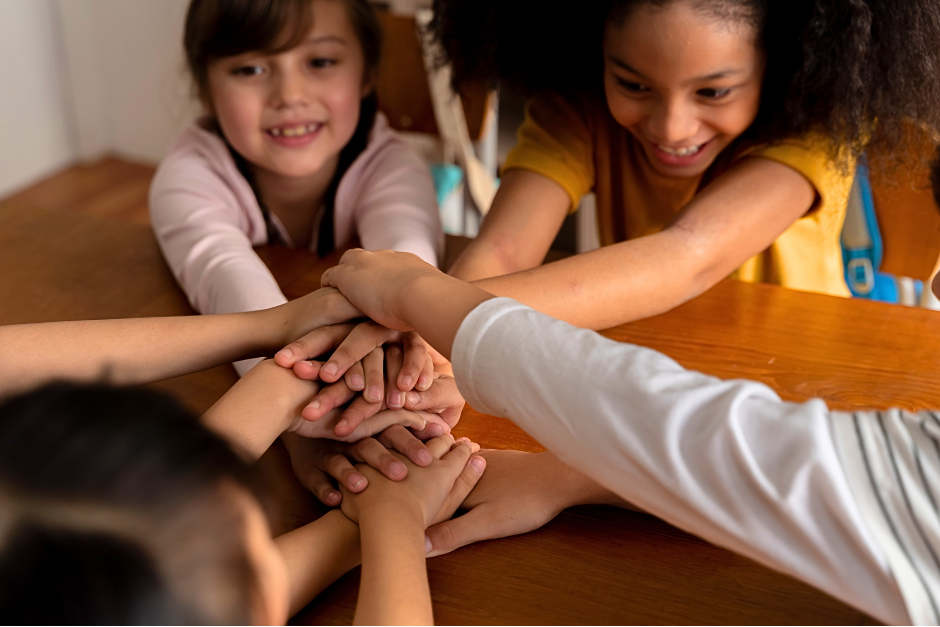This generation of children has faced immense challenges that are having a devastating impact on their emotional well-being, causing an alarming increase in mental health challenges like anxiety, depression, suicidal ideation and self-harm among young people.
Not only have children endured COVID and the loss, fear, and isolation associated with the global pandemic, but today’s youth is also dealing with school shootings, monthly drills and lockdowns, natural disasters, the harm associated with increased technology use and social media, as well as climate change and the uncertainty about the future of their world.
In late 2021, the American Academy of Pediatrics, American Academy of Child and Adolescent Psychiatry (AACAP) and Children’s Hospital Association took the unprecedented step of officially declaring a “National Emergency in Children’s Mental Health.” Since then, U.S. Surgeon General Vivek Murthy has made children’s mental health a focus of his office.
Still, many young people are not getting the support they need.
But the news is not all bad. A recent article published by the nonprofit MindSiteNews in partnership with USA Today told inspiring stories of children helping their peers.
In a national investigation, the reporters found numerous examples of young people taking initiative to develop strategies for supporting the mental health and emotional well being of other kids their age.
- A fifth grader in the Chicago area, developed the “Worry-Free Wednesdays” campaign at his school, where every Wednesday before school students are encouraged to write something they are worried about on a Post-it note and put it in a box. The intent of the project is to acknowledge kids’ worries and relieve them.
- In Connecticut, the Wilton Youth Council created an after-school program called PeerConnection for middle schoolers that teaches participants skills to listen, support and help their peers. The premise of the initiative is that when young people face challenges they most often turn to kids their age, so having other kids available to help can be an extremely effective tool.
- Girl Scouts in Northeast Texas can earn an “Okay to Say Badge” when they participate in activities where they talk about their emotions and mental health with one another. This led a 5-year-old to make videos with her mother, a therapist, about mental health and mindfulness for members of her Daisy troop.
- Children in many parts of the country have become activists to raise funds for “buddy benches” at their schools or to donate them to other schools. Buddy benches are spots where kids can sit if they want someone to play with. The goal is to ensure that no child feels alone or left out on the playground.
Certainly, it is critical for the government, mental health professionals, educators, parents and other adults to make protecting the mental health of children and adolescents a priority and to come up with ways to help and heal children. But, as the experts quoted in the article contend, it is also important for children to have a voice in developing youth mental health strategies.
“We need to make sure that what we’re thinking, what we’re doing, what we’re planning fits with the actual needs of youth,” said Nancy Lever, a clinical psychologist and co-director of the National Center for School Mental Health.
And we know that when children are taking action to help their peers, they are also likely improving their own mental health.
According to Dixon Chibanda, director of the African Mental Health Research Initiative (AMARI), who created Friendship Benches a peer-to-peer counseling initiative in Zimbabwe, “People feel more in control and able to cope with something distressing if they’re able to help someone else. It’s empowering, it’s healing,” he said. “Peer-to-peer support allows [children] to get support and allows them to give support.”
We couldn’t agree more!


